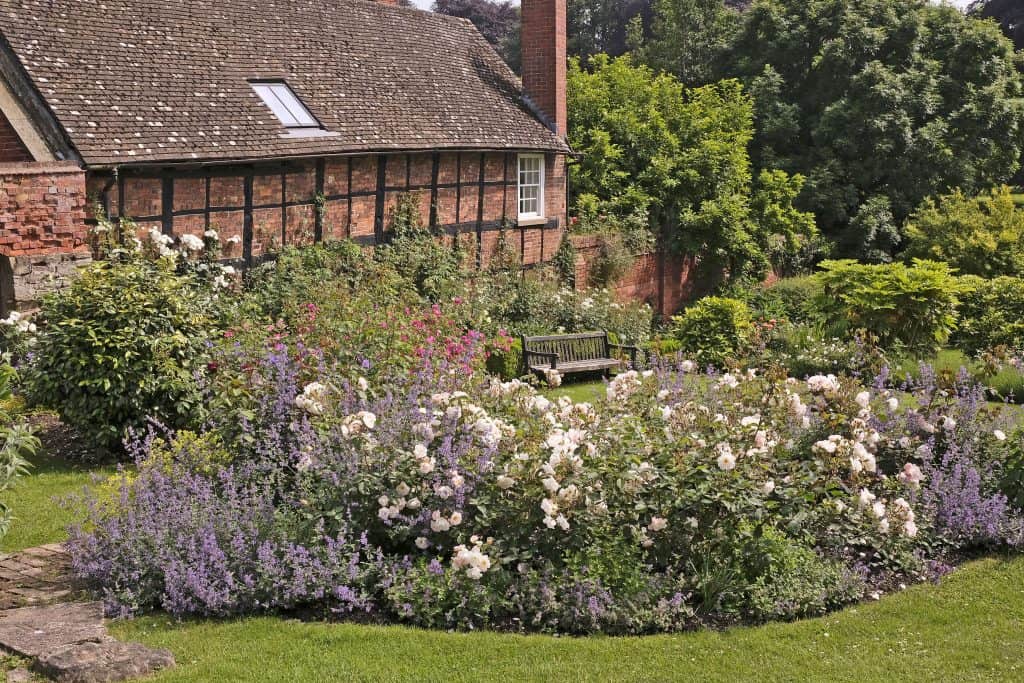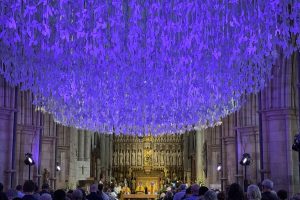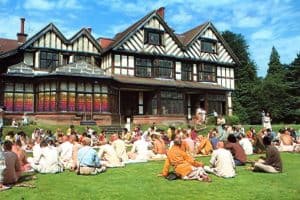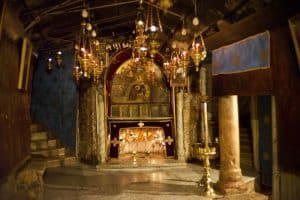By Angela Youngman
In a turbulent world, the calm of sacred gardens surrounding cathedrals and churches is proving irresistible.
People are increasingly seeking out these tranquil, sustainable oases, in a range from small churchyards to large gardens next to bishops’ palaces. The number of gardens in the UK has increased constantly, with thousands now in existence.
Styles vary considerably from traditional formal beds to lush wildlife settings, as well as labyrinths such as the one in Norwich Cathedral cloisters, which is designed to encourage contemplation while walking the paths.
Among the most recent to open is the Faith Garden at Auckland Castle, Bishop Auckland, originally owned by the prince bishops of Durham. The tranquil garden, on the site of a medieval chapel, highlights the building’s outline, set among white and green flowerbeds. Its designer, Pip Morrison, said: “It reflects light and shade and is contemplative and relaxing. softening the architectural space around.”

Many sacred gardens are members of the Quiet Garden Movement, a network of outdoor spaces designed for prayer and contemplation inspired by the way in which Jesus sought quiet, natural places to pray. It started in 1992, when the Rev Philip Roderick realised there was a lack of places where people could go to embrace stillness. Typical sites include the Degibna prayer garden in Cornwall, Driffield Methodist Church, East Yorkshire, and St Mary’s Church, Hopesay, Shropshire.
One of the more unusual is the Chalice Well Gardens in Glastonbury. There, visitors progress through a variety of small gardens following the course of the waters to the well head. It is, say its owners, an experience a living sanctuary of healing and peace. Groups are able to book the gardens outside public opening hours for specific meditations or events.
More gardens are joining the movement every year, often through collaborations with organisations such as the Small Pilgrim Places, Green Christian and A Rocha. Sarah Jane Godson, charity co-ordinator of the Quiet Garden Movement, said: “We had a huge amount of interest after the pandemic. There is definitely a need for spaces that offer quiet and solitude.”
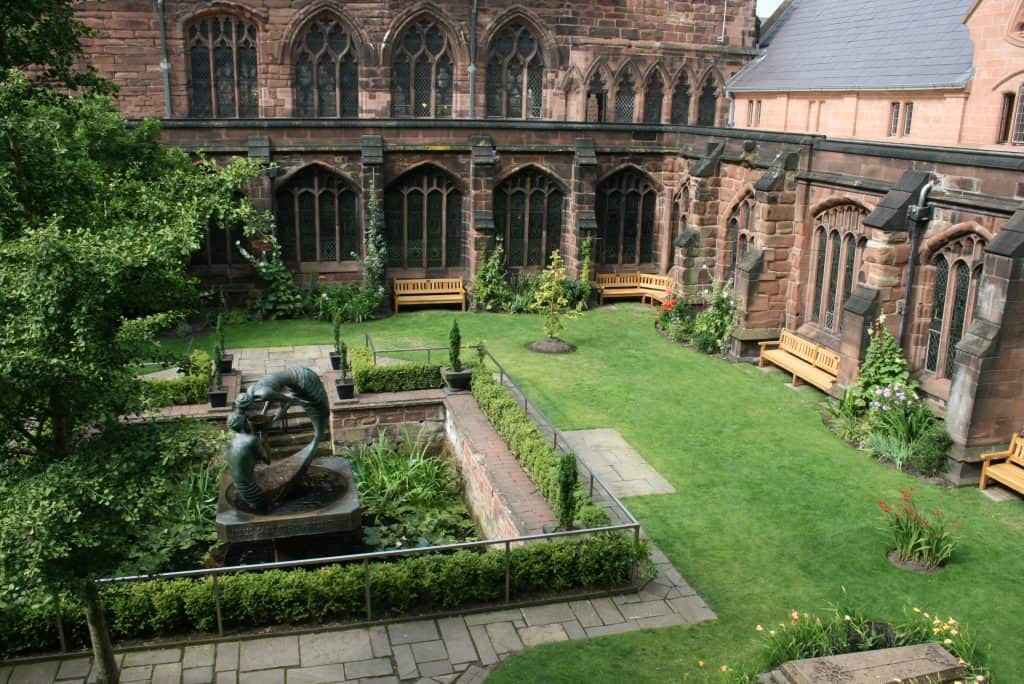
Most cathedrals are surrounded by green spaces and gardens popular with local people and tourists. Herb gardens and eco-friendly gardens are common. At Chester Cathedral, the garth (old English for garden, usually in a courtyard surrounded by cloister), contains many of the herbs that would have been used at that time by the monks who cultivated it in medieval times.
Similar concepts governed the planting at St Edmundsbury Pilgrims’ Herb Garden in Suffolk and the Monastic Garden at St Asaph in Wales.
A new Live and Dye Garden, outside the newly opened Centre of Reconciliation at Coventry Cathedral, focuses on plants used for medicinal or dyeing purposes such as marshmallow, woad and myrtle.
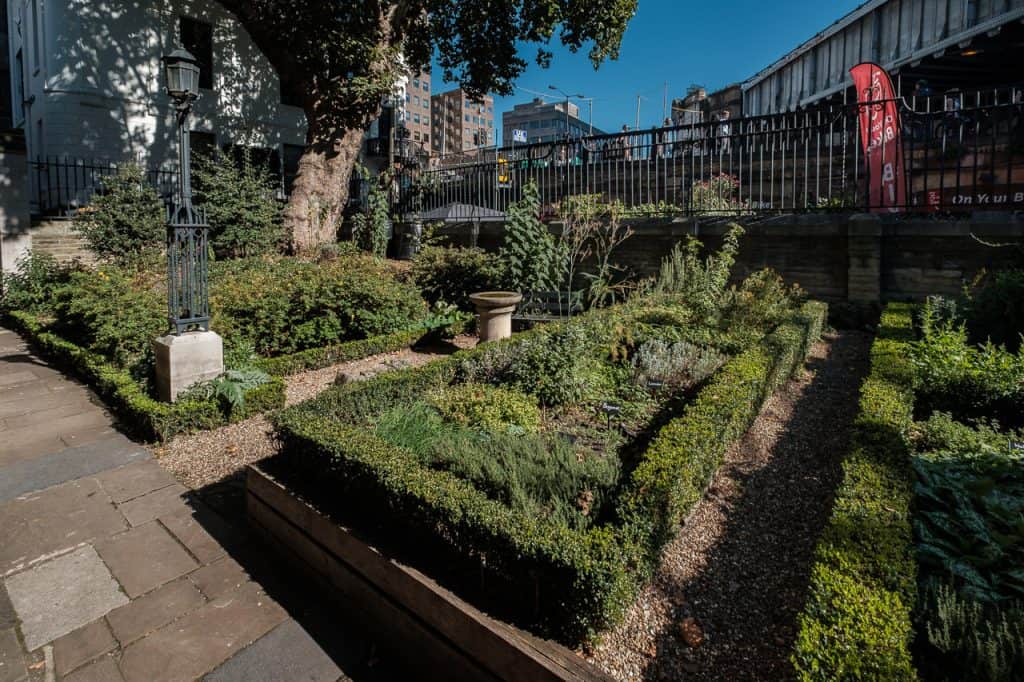
The cathedral in Southwark — where William Shakespeare lived and where many of his acting company worshipped — has planted its churchyard with herbs and flowers possessing connections to the Bible and Shakespearean plays. (In Romeo and Juliet he wrote: “O, mickle is the powerful grace that lies/ In herbs, plants, stones, and their true qualities.”)
Rosemary Clarke, who looks after exhibitions at the cathedral on the Isle of Man, said its gardens formed a key element in cathedral activity. “The gardens tell the story of the Isle of Man since Christianity was brought here in the fifth century,” she said. “There are a series of 17 ‘garden rooms’ including planting that represents the seashore and the coming of the first Christians by coracle.
“We have a sky seat that can be used by groups, and a replica of what a small keeill chapel from the sixth to ninth centuries might have been like. We have had evening prayer in the keeill and followed the stations of the cross around the gardens.”
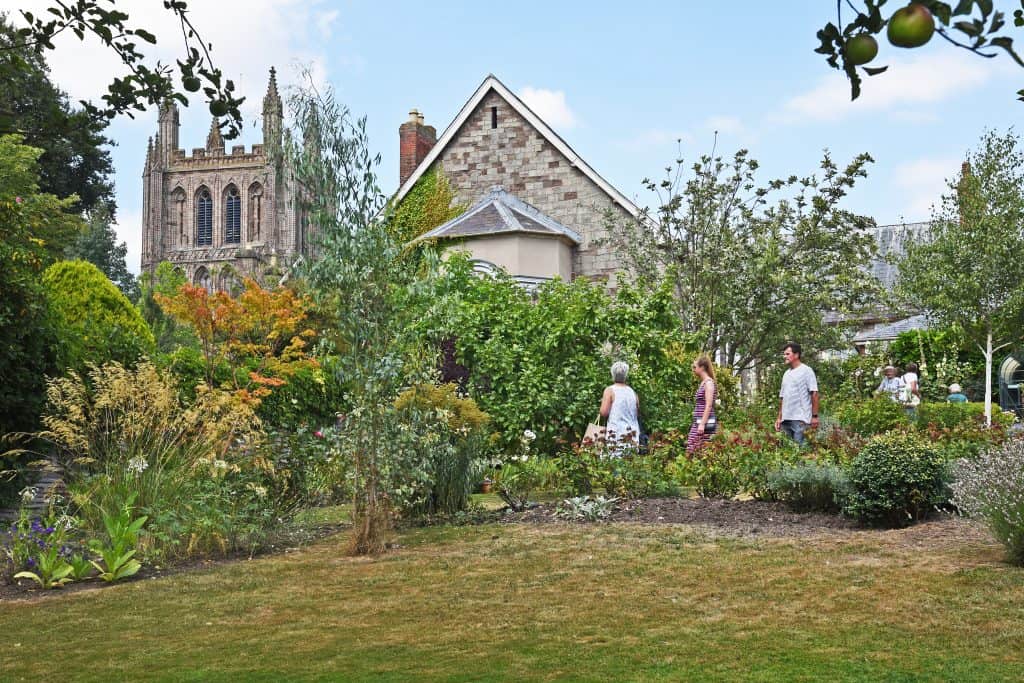
At Hereford, the cathedral gardens are a well-used location for visitors and staff seeking a place to reflect and meditate, as well as garden tours, open days and events. Each November, its Lady Arbour becomes the city’s Royal British Legion Garden of Remembrance.
St Asaph Cathedral in Denbighshire has created a medieval-style garden complete with a hedge of more than 200 lavender plants as a way of reaching new audiences, as well as providing a dedicated space for prayer and meditation. Jackie Feak, the cathedral’s business officer, has found that the garden makes visitors stay longer. “The garden is a wonderful addition,” she said. “The activities run by the gardeners have increased the use of the cathedral within the community, improved wellbeing and engaged with more diverse audiences. Many say it is not a place they would have thought to visit before.”
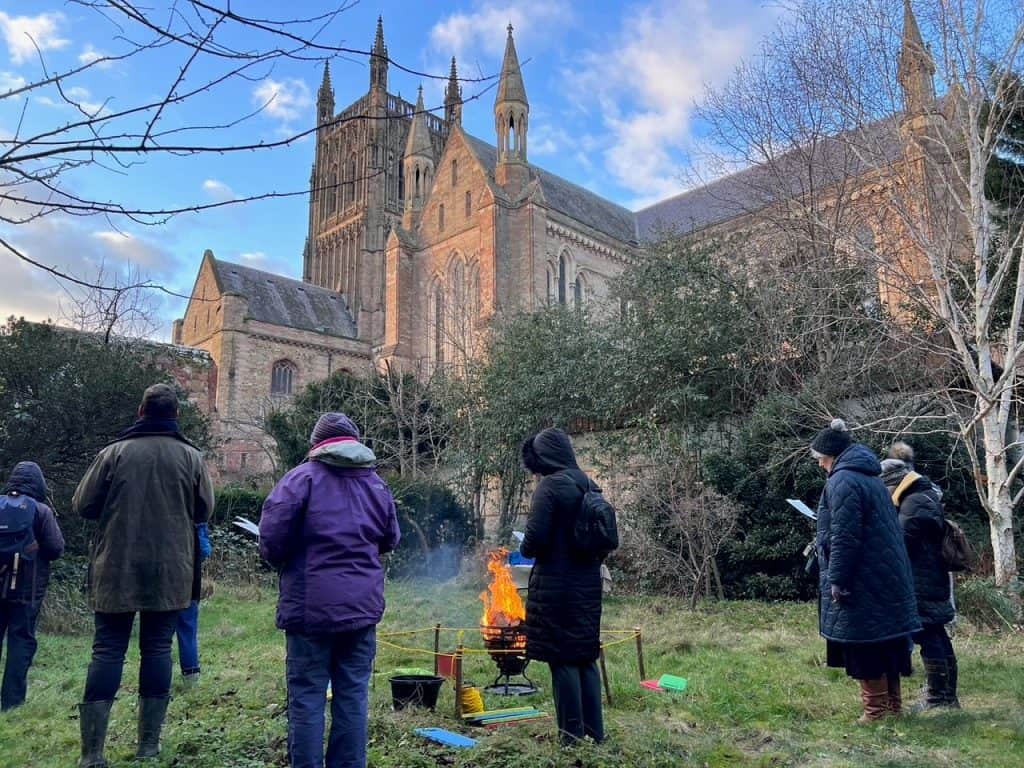
At Worcester Cathedral the garden has become an integral part of overall worship. Monthly services are held outside in the garden, come rain or shine, highlighting a focus on worship “of the Creator in creation, with creation, and aware of ourselves as a part of creation”, encouraging participants to become attuned to nature and seasons, reflecting that the Bible and Christian traditions celebrate the environment and natural world.
Many of these gardens have become environmental havens especially within urban areas. Hereford Cathedral’s garden has played a key role in its achievement of a silver eco-church award via the A Rocha scheme. Some locations, including Worcester Cathedral, also offer sessions where people can participate in sacred garden events, engaging with God in creation through contemplation, art and gardening.
Identifying exact visitor numbers to sacred gardens is impossible as almost all are freely open to the public. Anyone can visit. Some visitors come purely for the garden; others combine it with church activities. A Canterbury Cathedral spokesman said: “We do not know the number who come specifically to visit the gardens, but last year we welcomed 565,000 visitors.
“Our green spaces are used for sitting and picnicking. Many people use them for contemplation and other spaces are used for special services and vigils. When the cathedral is closed, much of the precincts and gardens are accessible without charge until 9pm each day — and we estimate 3,000 or more additional people visit during this time.
“The importance of green spaces for people’s mental wellbeing is becoming more commonly accepted. With this in mind, we try to make the gardens as full of colour and life as possible, not only through planting but also by trying to create habitats for wildlife.”

(Pics courtesy of each named cathedral)

